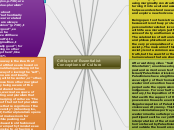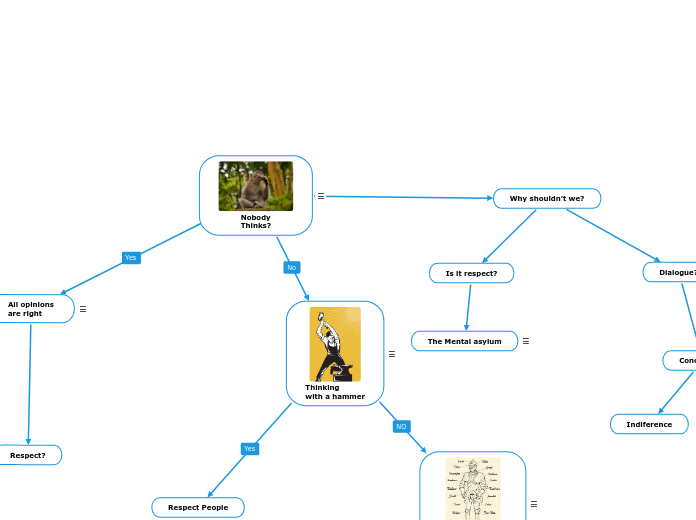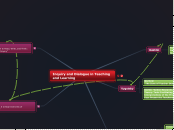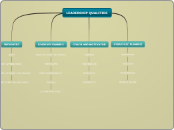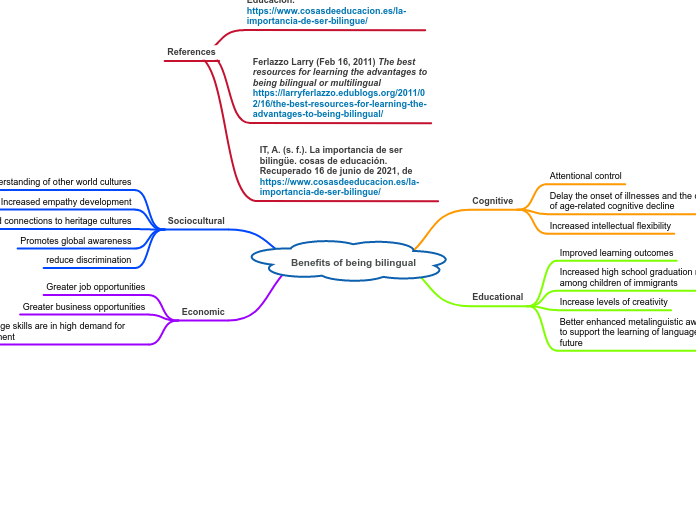によって Mei Hoyt 10年前.
320
Critique of Essentialist Conceptions of Culture
Intercultural attitudes rely on cross-marginal dialogue, where individuals from the margins engage with those at the center and other marginalized groups. This interaction helps create understanding and cultural pluralism, emphasizing the importance of diversity.
